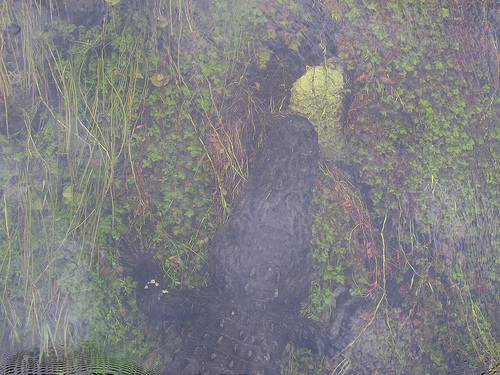
Artist In Residence In the Everglades (AIRIE) Diary Selection #2
This post is associated with artist and writer Christopher Reiger‘s 2-week-long Artists In Residence In the Everglades (AIRIE) writing and art residency in Everglades National Park.
Notes from Days 6 & 7: – Before this residency, I knew that the Everglades is a birder’s paradise. I didn’t really know this until I found myself excitedly fumbling with my binoculars as I threw the car into reverse, craned my neck out the window, and attempted to drive-by identify a fast-moving raptor…only to realize that there were also two curious-looking warblers in the pineland understory to my immediate right (and what IS that bizarre call I’m hearing)?!
To stay sane, you learn to focus on one bird (or flock) at a time. That means, of course, that you have to let many birds go unidentified, but the primary pleasure is watching, not cataloging.
Still, every bird watching enthusiast suffers from some degree of census pathology. I’ve inherited my father’s disdain for “ticket punchers,” birders who prioritize a day- or lifelist over observation and the experience itself. By no means, however, am I immune to the compulsion. I scold myself when I catch myself frantically estimating numbers in a faraway flock — “Is it 52 or 53? Damn it! I can’t &@^$% tell for sure!” — or fretting over the unidentified animal that may have been a notable rarity.
– At the western edge of the park’s pinelands, I came upon a handsome cottonmouth basking on the warmth of the main road. The Agkistrodon genus is among my favorites and, in my excitement, I took disappointing photos of the snake’s shockingly white mouth lining, its namesake, which the species displays as a defensive threat. Not all of the photos were unusable, however; above, you can see the cottonmouth moments after it flashed me a warning. I enjoy handling snakes, but I harbor no impulse to pick up cottonmouths; their hemotoxic venom attacks tissue and can lead to necrosis at the bite site.
An Eastern racer, on the other hand, I’ll want to catch, sex (i.e., determine its gender), and inspect for parasites. I found a racer hunting anoles in the vegetation surrounding the Flamingo Eco Pond, but moments after I crouched and pushed my way into the bushes, I was forced to abort my mission by a mosquito assault the likes of which I haven’t before contended with.
The above post is an abridged version of artist and writer Christopher Reiger‘s AIRIE diary, originally published on his art and natural history blog, Hungry Hyaena, in October 2011.
Recent Content
-
Artsarticle ·
-
Artsarticle ·
-
Artsarticle ·




